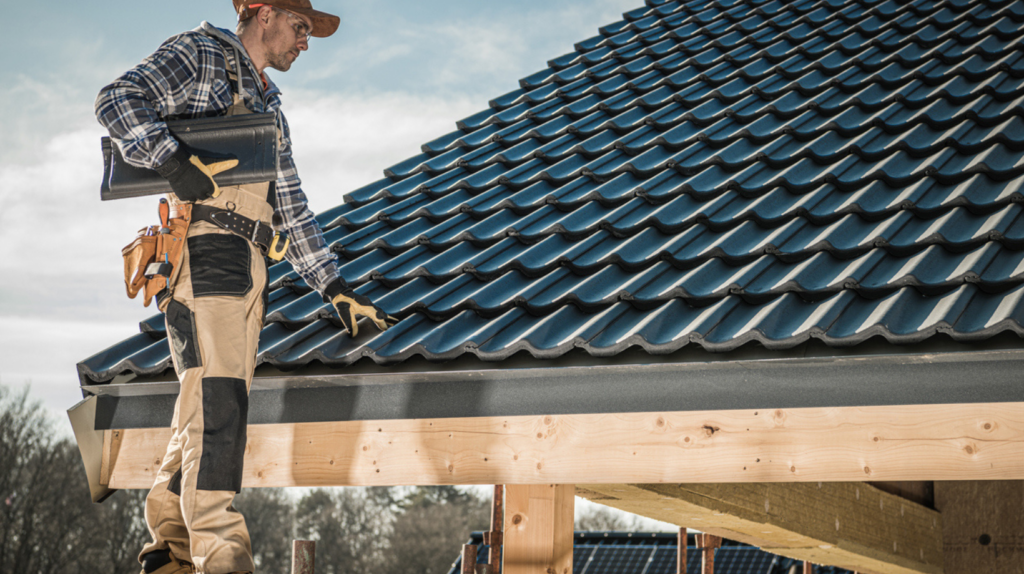When it comes to installing multiwall roofing sheets, ensuring longevity is key. By following best practices during installation, you can enhance the durability and performance of your roofing system. Here’s a comprehensive guide to help you achieve a successful and long-lasting installation of multiwall roofing sheets.
Preparation and Planning
Before you begin, proper preparation and planning are crucial. Start by measuring the area accurately to determine the number of roofing sheets you will need. Take into account the slope of the roof, ensuring it’s adequate for effective water drainage. Gather all necessary tools and materials, including screws, sealing tape, and a drill.
Choosing the Right Material
Selecting high-quality multiwall roofing sheets is essential for longevity. Opt for sheets that offer UV protection to prevent degradation from sunlight exposure. Polycarbonate roof sheets are an excellent choice due to their durability, impact resistance, and superior light transmission.
Cutting the Sheets
Cutting the multiwall roofing sheets to the correct size is a delicate task. Use a fine-toothed saw or a circular saw with a fine blade to achieve clean cuts. Always cut with the sheet’s protective film still on to avoid scratches. Ensure the cut edges are smooth and free from burrs to prevent any damage during installation.
Securing the Sheets
Properly securing the multiwall roofing sheets is vital for stability and longevity, contributing to the durability of long lasting roofs. Begin by placing the sheets on the roof, ensuring they overlap correctly. Overlapping should be at least one corrugation for adequate weatherproofing.
Use screws with rubber washers to fix the sheets, spacing them evenly along the support beams. Avoid overtightening the screws as this can cause cracks.
Sealing and Insulation
Sealing the joints and edges of the roofing sheets is essential to prevent water ingress. Apply sealing tape along the joints where the sheets overlap. This not only prevents leaks but also reduces the risk of wind uplift. Additionally, consider using insulation strips under the sheets to enhance thermal efficiency and reduce condensation.
Allowing for Expansion
Polycarbonate and other multiwall roofing materials expand and contract with temperature changes. To accommodate this, drill oversized holes for the screws, allowing the sheets to move slightly. This prevents buckling and ensures a snug fit over time.
Regular Maintenance
Even with proper installation, regular maintenance is crucial to ensure the longevity of your multiwall roofing sheets. Inspect the roof periodically for any signs of wear, damage, or debris buildup. Clean the sheets with a mild detergent and a soft brush to maintain their clarity and performance. Remove any leaves or debris that may accumulate on the roof, especially in gutters and valleys.
Protecting Against UV Damage
UV radiation can degrade roofing materials over time. Ensure your multiwall roofing sheets have a UV protective layer.
This layer not only prolongs the life of the sheets but also maintains their aesthetic appeal. Additionally, avoid using abrasive cleaners or tools that could damage the UV layer.
Final Checks
After installation, perform a thorough inspection to ensure everything is in place. Check for secure fittings, proper overlaps, and effective sealing. Ensuring these elements are correctly implemented will significantly enhance the longevity of your multiwall roofing sheets.
By following these best practices for multiwall roofing sheet installation, you can ensure a durable and long-lasting roofing system. Remember, the key to longevity lies in proper planning, choosing the right materials, and performing regular maintenance. With careful attention to detail and adherence to these guidelines, your multiwall roofing sheets will provide reliable protection for years to come.
